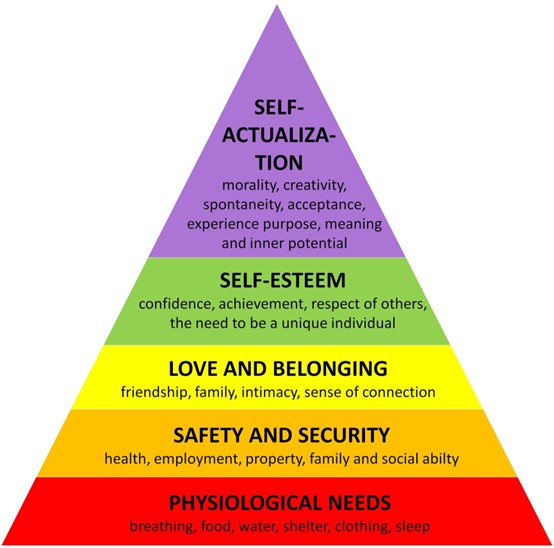What expected physiological changes of the older adult put them at risk of falls? (Select all that apply).
Reduced muscle strength.
Sensory losses like vision and hearing.
Slowing of reflexes.
Dementia.
Inability to adapt.
Correct Answer : A,B,C
Reduced muscle strength, sensory losses like vision and hearing, and slowing of reflexes are all expected physiological changes of the older adult that can put them at risk of falls.
Reduced muscle strength can make it more difficult for older adults to maintain balance and stability.
Sensory losses like vision and hearing can affect an older adult’s ability to perceive their environment and navigate safely.
Slowing of reflexes can make it more difficult for older adults to react quickly to changes in their environment and prevent falls.
Choice D is not an answer because dementia is not a physiological change but rather a cognitive condition that can increase the risk of falls.
Choice E is not an answer because the inability to adapt is not a specific physiological change but rather a general characteristic that can increase the risk of falls.
Nursing Test Bank
Naxlex Comprehensive Predictor Exams
Related Questions
Correct Answer is B
Explanation
To prevent poisoning of a child in the home, it is important to keep cleaning liquids and other potential poisons in a locked cabinet12.
This includes storing medicines, chemicals, and cleaners up high in a locked cupboard and in their original containers1.
Choice A is incorrect because it focuses on prescription medications and not on preventing the poisoning of a child in the home.
Choice C is incorrect because it focuses on taking medications correctly and not on preventing the poisoning of a child in the home.
Choice D is incorrect because storing medications in a visible and accessible place could increase the risk of poisoning if a child were to access them.
Correct Answer is D
Explanation
According to Maslow’s Hierarchy of Needs, all people have basic human needs that must be met before they can attend to higher needs.
These basic human needs are physiological (food and clothing), safety (job security), love and belonging needs (friendship), esteem, and self-actualization1.

Choice A is incorrect because people do not have the same needs at the same time.
Choice B is incorrect because Maslow’s Hierarchy of Needs does not mention the risk of becoming ill.
Choice C is incorrect because not all people have a desire to be the best.
Whether you are a student looking to ace your exams or a practicing nurse seeking to enhance your expertise , our nursing education contents will empower you with the confidence and competence to make a difference in the lives of patients and become a respected leader in the healthcare field.
Visit Naxlex, invest in your future and unlock endless possibilities with our unparalleled nursing education contents today
Report Wrong Answer on the Current Question
Do you disagree with the answer? If yes, what is your expected answer? Explain.
Kindly be descriptive with the issue you are facing.
